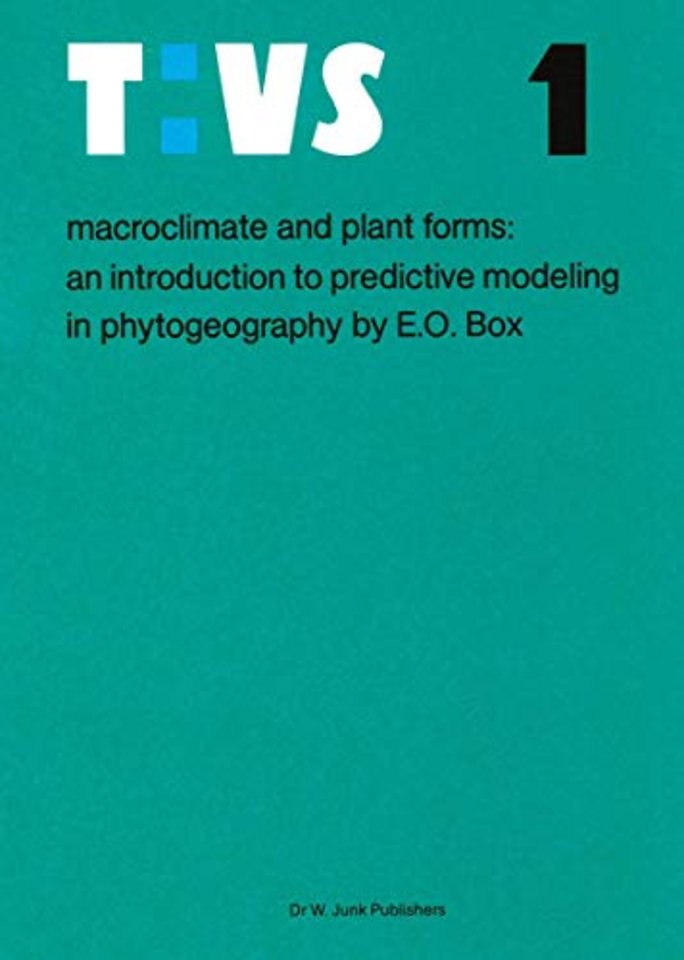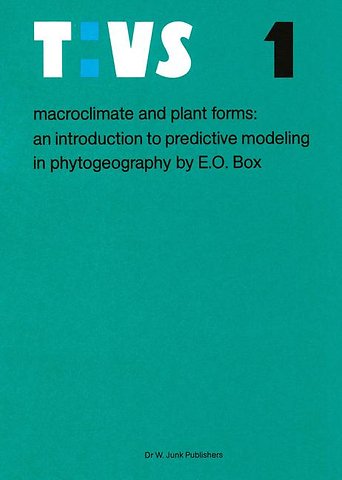Macroclimate and Plant Forms
An Introduction to Predictive Modeling in Phytogeography
Samenvatting
This study arose out ofthe old question of what actually determines vegetation structure and distributions. Is climate the overriding control, as one would suppose from reading the more geographically oriented literature? Or is climate only incidental, as suggested by more site and/ or taxon-oriented writers? The question might be phrased more realistically: How much does climate control vegetation processes, structures, and distributions? It seemed to me, as an ambitious doctoral student, that one way to attempt an answer might be to try to predict world vegetation from climate alone and then compare the predicted results with actual vegetation patterns. If climatic data were sufficient to reproduce the world's actual vegetation patterns, then one could conclude that climate is the main control. This book represents an expanded, second-generation version of that original thesis. It presents world-scale vegetation and ecoclimatic models and a methodology for applying such models to predict vegetation and for evaluating model results. This approach also provides a means of geographical simulation of vegetation patterns and changes, which represent necessary data inputs in other fields such as atmospheric chemistry and biogeochemical cycling. It has been fairly well accepted that climatic and other environmental conditions are associated with the evolution of particular aspects of plant form (convergent evolution). The particular configurations of plant size, photosynthetic surface area and structure (e. g. sclerophylly, stomatal 'resistance'), and their seasonal variations represent what one can recognize fairly readily as distinct growth forms.
Specificaties
Inhoudsopgave
Net verschenen
Rubrieken
- aanbestedingsrecht
- aansprakelijkheids- en verzekeringsrecht
- accountancy
- algemeen juridisch
- arbeidsrecht
- bank- en effectenrecht
- bestuursrecht
- bouwrecht
- burgerlijk recht en procesrecht
- europees-internationaal recht
- fiscaal recht
- gezondheidsrecht
- insolventierecht
- intellectuele eigendom en ict-recht
- management
- mens en maatschappij
- milieu- en omgevingsrecht
- notarieel recht
- ondernemingsrecht
- pensioenrecht
- personen- en familierecht
- sociale zekerheidsrecht
- staatsrecht
- strafrecht en criminologie
- vastgoed- en huurrecht
- vreemdelingenrecht

